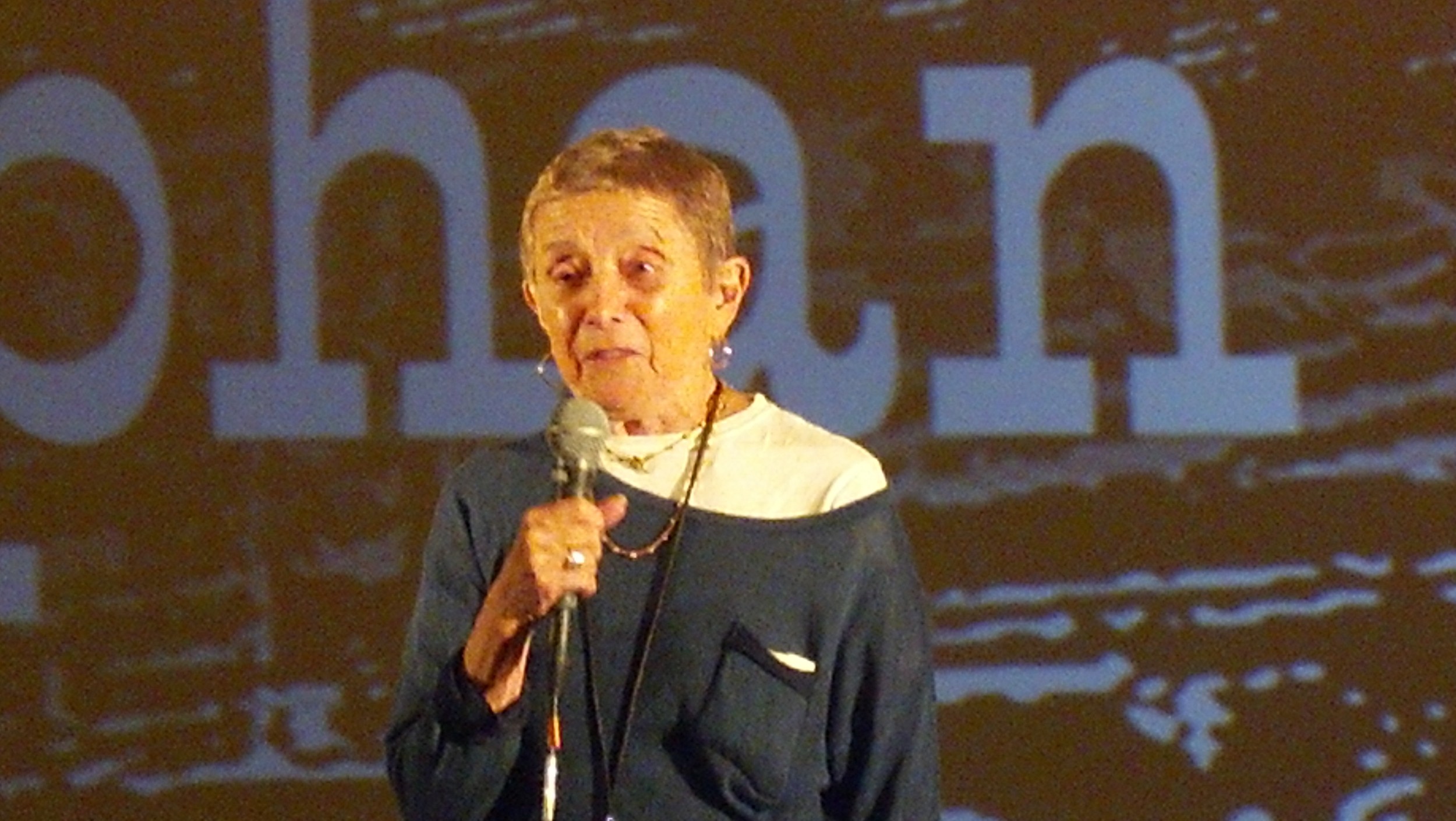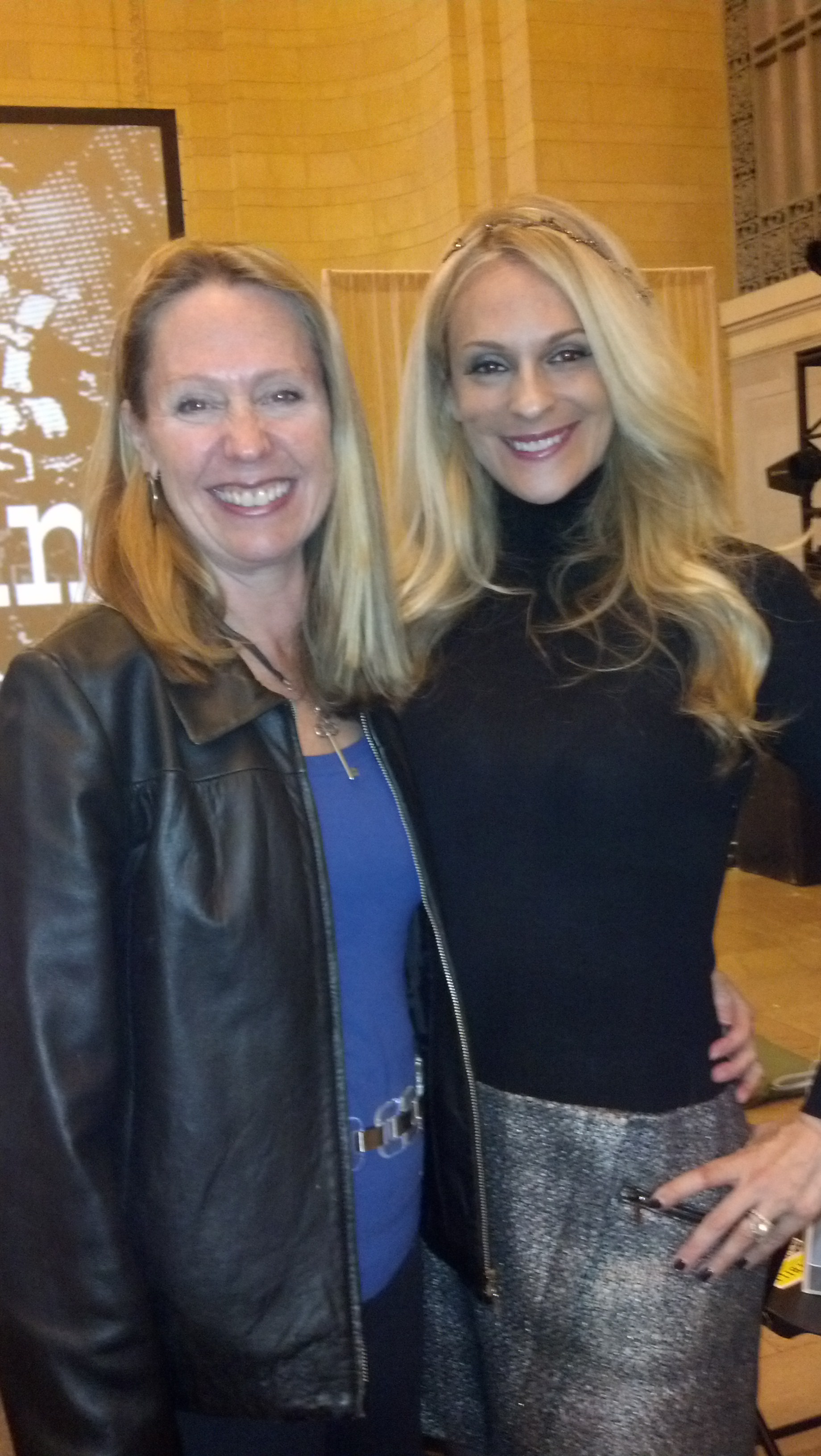On June 13, 2013. I go to a "group reading" event with Elana Kilkenny in New Canaan, CT.
Elana is, to quote her blog, “an inspirational psychic, intuitive Feng Shui designer, healer, writer, and spirited teacher.”
To quote me, "she is awesome."
Elana is HIGHLY intuitive. I met her through my friend Mindy Levine (another very inspirational individual). I had seen her for a private session about 9 months before, when I felt I was at a crossroads in my life. She summoned up some incredible insights and information – way out there (I had been a samurai??), but way right on.
So I go to this session at Rosie Cafe in New Canaan. There are about 25 of us, and we each pull a card from the tarot deck. Elana, using the cards as a psychic prompt, provides a reading for each woman (it’s all women, surprise surprise).
Somehow, I feel almost everything she says is directed to me.
Stop telling the Old Story. TELL A NEW STORY.
Focus on the SOLUTION not the Problem. Not the Why, but THE WHAT NEXT.
Look at the world and others with INNOCENCE.
See people differently, hold them in your heart differently.
Which of these really speak to YOU?
Now she comes to me. She says:
"I don’t know what this means, but I’m hearing, Get back to the ELEMENTAL BETH."
(When Elana talks, it’s as if she’s channeling voices she hears. She says some people have clairvoyance – she has clairaudience.)
Then she says/they say:
Write. Write easily, simply, just do it (thank you Nike for ruining that phrase forever). UNBLOCK yourself.
I think, This is exactly what I have known in my heart for ages. Is this the kick in the psychic butt I’ve been needing?
Next morning, I get up and a lyric leaps out. For the first time in a long time. Full-formed, like Aphrodite on the half-shell.
See, there is this bird who sits on the rearview mirror of our old Ford Focus parked in the driveway. He checks himself out. Just about everyday.
I see that bird, and I write.
Red Bird
Looking in the mirror
What do you see?
Red Bird
Looking in my rearview mirror
Loving what you see,
Happy as can be.
To be a bird
Flyin’ free.
Not just any old bird
But a Ruby Red Bird.
Look at me -
Whee…
When I’m
Looking in the mirror
What do I see?
It’s like I'm looking
In the rearview mirror
Not me I see,
It’s the me I used to be.
To be a bird
Flyin’ free
Not just this old bird
But a groovy new bird.
Look at me -
Northern cardinal
Scarlet tanager
Vermilion flycatcher
Red-breasted nuthatch
Slate-throated redstart
Rosefinch
Liwi
Oui Oui...
Red Bird
Stop looking in the mirror
And look at me
I’m a liwi - whee…
Now, I really want this to be a pop song. But that bridge - the laundry list of strange red birds - yanks me back to musical theatre land. I like that bridge. But I hate it, too. I put the lyric away.
11 weeks later, late August, they find the nodule on my thyroid. The BLOCKAGE.
As I've written before, I believe this blockage, this nodule is connected with the fact it's been years since I wrote freely, effortlessly and years since I sang at all. Okay, some of you may be rolling your eyes. Roll away. I believe what I believe.
Early September, I sign myself up for a songwriting class in Ridgefield CT with award-winning Kevin Briody.
In that class, I write my first piece of music ever - for "Red Bird". I write 2 other songs, too.
Early November, I record "Red Bird" – with me singing the vocal. Singing. Finally. Something I vowed to my mother I would do as I sat down after singing “Ave Maria” at her funeral 18 months earlier (she used to so love Xmas church service, the only time I sang anymore).
Then a couple of days ago, Elana sent out a note about Gratitude. Feeling and expressing gratitude restores our love of life, of others, of ourselves. She shared a few ideas about how to express.
Writing this blog about Elana's gift is how I’m expressing my gratitude to her. For her kick in my psychic butt.
It is also how I express my gratitude to you, Kind Readers. I now know for a fact there are a few of you out there who do read it and, miraculously, find value in it. It is that that keeps me writing it.
I ask you now:
WHAT IS YOUR "WHY"?
I’m always looking for My WHY. Why bother to write? If it’s just for me and my notebook, it feels like masturbation (sorry for the off-color reference, but it feels the most apt).
But if you read it and find value – there’s My Why.
If someone hears one of my songs and feels infinitesimally better, if someone sings it and connects to it successfully – there’s My Why.
WHAT IS YOUR "WHY" ?
It can be fame. It can be fortune. It can be sheer cussed competitiveness. It can be a song-writing contest. It can be a wedding.
Where's My Why, my pipeline, for this new kind of song for me? A song that's kinda pop, kinda quirky (you can take Beth out of musical theatre, but you can’t take the musical theater out of Beth).
Actually, it's reminiscent of Jill Sobule. She’s kinda pop and kinda quirky. She's found her way, has her own distinct voice. Love that song she wrote about global warming (below).
There's not a lot of funny pop songwriters. Randy Newman, Loudon Wainwright III, We Might Be Giants, Alanis Morissette. Though even Taylor Swift can be funny (2nd below).
(Who am I forgetting? Nominations, please.)
Back to the whole thesis of this series of blogs - I wonder:
If I write more funny pop songs and maybe even sing them –
will my nodule go away?
Only one way to find out.
Have you written a funny pop song? Send it to me - if I laugh out loud, I'll post it. There's a Why for you.
OMG! I JUST REALIZED ELANA HAS RED HAIR. SO, IN THE ENGLISH PARLANCE -
SHE'S A RED BIRD
(ha)


















